Types of Property Development in New Zealand: A Comprehensive Guide
 By
Trent Bradley
·
5 minute read
By
Trent Bradley
·
5 minute read

New Zealand's diverse property market offers numerous development opportunities, each with unique characteristics, requirements, and potential returns. Understanding different types of property development helps investors and developers choose projects that align with their expertise, capital availability, and market objectives.
Residential Development
Residential development remains the cornerstone of New Zealand's property development sector, driven by ongoing housing shortages and population growth across major centres.
Standalone Housing Development: Building individual homes on separate titles represents traditional residential development. This includes constructing new homes on vacant sections, replacing older properties with modern designs, or developing master-planned communities with supporting amenities. Standalone housing development often provides strong margins but requires significant capital investment and extended timeframes.
Townhouse and Medium-Density Development: With increasing focus on housing density, townhouse developments have become increasingly popular across Auckland, Wellington, and other growth centres. These projects typically involve 2-4 level attached dwellings sharing common walls, offering more affordable housing options while maximising land utilisation. The National Policy Statement on Urban Development has encouraged this development type in urban areas.
Apartment and High-Density Development: Multi-storey apartment developments require sophisticated planning, design, and construction expertise but can deliver substantial returns in high-demand locations. These projects often involve complex body corporate structures, intensive council consultation, and significant pre-sales requirements for finance approval.
Social and Affordable Housing: Kāinga Ora partnerships and other affordable housing initiatives create development opportunities with government backing. While margins may be lower, these projects offer reduced market risk and contribute to addressing New Zealand's housing crisis.
Subdivision Development
Subdivision development transforms larger properties into multiple saleable lots, often representing an accessible entry point for new developers.
Greenfield Subdivision: Developing raw land into residential or lifestyle lots involves comprehensive infrastructure installation including roading, utilities, stormwater management, and often community facilities. Greenfield subdivisions typically offer substantial returns but require significant capital investment and extended development timeframes.
Infill Subdivision: Dividing existing residential properties into multiple lots provides opportunities in established neighbourhoods. This development type often faces fewer infrastructure requirements but may encounter neighbourhood opposition and complex planning requirements.
Lifestyle Block Subdivision: Creating larger rural-residential lots appeals to buyers seeking space and lifestyle benefits while remaining accessible to urban centres. These developments often require on-site wastewater systems and may face rural zoning constraints.
Industrial and Commercial Subdivision: Dividing larger industrial or commercial sites into smaller, more marketable lots serves businesses requiring affordable premises. These subdivisions often involve simpler infrastructure requirements but require understanding of industrial zoning and environmental considerations.
Commercial Development
Commercial property development serves business accommodation needs while often providing stronger rental yields than residential investments.
Office Development: Modern office buildings incorporating sustainable design features, flexible layouts, and technology infrastructure appeal to evolving workplace requirements. Office development success depends heavily on location, transport accessibility, and understanding tenant requirements.
Retail Development: Shopping centres, standalone retail buildings, and mixed-use developments with retail components require detailed market analysis and tenant engagement. Retail development has evolved significantly with online shopping impacts and changing consumer preferences.
Industrial Development: Warehouse, manufacturing, and logistics facilities serve New Zealand's growing e-commerce and distribution sectors. Industrial development often provides steady returns with lower construction costs per square metre than other commercial development types.
Hospitality Development: Hotels, motels, and tourist accommodation developments capitalise on New Zealand's tourism industry, though recent global events have highlighted the importance of domestic market support and flexible design approaches.
Mixed-Use Development
Combining residential, commercial, and sometimes industrial components within single developments creates vibrant communities while maximising land utilisation.
Vertical Mixed-Use: Buildings incorporating retail or commercial spaces at ground level with residential apartments above are increasingly common in urban centres. These developments require sophisticated design coordination and often involve complex financing arrangements.
Horizontal Mixed-Use: Larger sites may incorporate separate buildings for different uses, such as residential areas alongside local commercial precincts. Master-planned communities often adopt this approach to create self-contained neighbourhoods.
Live-Work Developments: Combining residential accommodation with commercial or light industrial spaces appeals to home-based businesses and creative industries. These developments require flexible zoning approaches and innovative design solutions.
Renovation and Redevelopment
Upgrading existing properties often provides faster returns with lower capital requirements than ground-up development.
Heritage Renovations: Converting historic buildings for modern use requires specialist expertise and often involves Heritage New Zealand consultation. However, these projects can command premium prices and contribute to urban character preservation.
Adaptive Reuse: Converting buildings from one use to another, such as office-to-residential conversions or warehouse-to-apartment projects, capitalises on existing structures while meeting changing market demands.
Comprehensive Redevelopment: Demolishing existing buildings and constructing new developments on improved sites can maximise returns in high-value locations. This approach requires careful feasibility analysis to ensure redevelopment costs are justified by improved returns.
Renovation and Subdivision: Adding value through property improvements combined with title subdivision can significantly increase returns. This might involve renovating existing homes while creating additional lots for new construction.
Specialist Development Types
Several niche development sectors offer opportunities for developers with specific expertise or market knowledge.
Retirement and Aged Care Development: New Zealand's aging population creates growing demand for retirement villages, aged care facilities, and accessible housing. These developments require understanding of specific design requirements and often involve ongoing operational considerations.
Student Accommodation: Purpose-built student housing near universities and polytechnics addresses accommodation shortages while providing steady rental returns. These developments require understanding of educational institution requirements and student lifestyle preferences.
Build-to-Rent Development: Institutional investment in purpose-built rental housing is emerging in New Zealand, following international trends. These developments require different design approaches and financial structures compared to traditional residential development.
Sustainable and Eco-Development: Environmentally focused developments incorporating renewable energy, sustainable materials, and water conservation systems appeal to environmentally conscious buyers while potentially qualifying for various incentives.
Regional Variations and Opportunities
Development opportunities vary significantly across New Zealand's regions, each presenting unique characteristics and market conditions.
Auckland Development: New Zealand's largest city offers diverse opportunities from high-density urban development to lifestyle subdivisions on the urban fringe. However, Auckland also presents complex planning requirements and high land costs.
Wellington Region Development: The capital region's geographic constraints create premium development opportunities, particularly for medium-density housing and commercial developments serving government and business sectors.
Christchurch Development: Post-earthquake reconstruction has created ongoing development opportunities, while the city's planned infrastructure provides predictable development frameworks.
Provincial Centre Development: Cities like Hamilton, Tauranga, Rotorua, and Dunedin offer development opportunities with lower land costs and often streamlined consent processes, though market absorption rates may be slower.
Financing Considerations by Development Type
Different development types require tailored financing approaches reflecting their unique risk profiles and cash flow characteristics.
Development Scale: Larger developments typically require institutional lending with staged funding releases, while smaller projects may access more flexible private lending or bank development facilities.
Construction Complexity: Simple subdivision projects often require less specialised financing than complex mixed-use developments involving multiple construction phases and varying completion timeframes.
Pre-Sales Requirements: Apartment developments typically require substantial pre-sales before finance approval, while subdivision projects may proceed with lower pre-commitment levels.
Market Risk Factors: Established development types like standard residential subdivision often access more competitive financing than innovative or niche development concepts.
Choosing the Right Development Type
Successful developers align their chosen development types with their available resources, expertise, and market conditions.
Consider your available capital, development experience, risk tolerance, and local market knowledge when evaluating development opportunities. Start with simpler projects to build experience and credibility before progressing to more complex developments.
Professional networks including planners, architects, builders, and finance specialists become increasingly valuable as development complexity increases. Building relationships with experienced professionals early in your development journey provides access to opportunities and expertise throughout your career.
Market Trends and Future Opportunities
New Zealand's development sector continues evolving in response to demographic changes, regulatory updates, and environmental considerations.
Housing density requirements, sustainability mandates, and infrastructure investment create both challenges and opportunities for developers. Understanding these trends helps identify emerging opportunities while avoiding sectors facing increased constraints.
Climate change adaptation, aging population needs, and technology integration will likely drive future development innovation and opportunity creation.
Expert Development Finance Support
Each development type requires specific financing expertise and tailored solutions. Working with development finance specialists who understand various project types, risk profiles, and market conditions significantly improves project success prospects.
At Luminate Finance, we provide expert guidance and flexible financing solutions across all development types, helping developers choose appropriate projects and structure successful outcomes from initial concept through to final settlement.
Exploring development opportunities that match your goals and resources? Contact Luminate Finance today to discuss how our specialist knowledge across all development types can support your next project's success.

Trent Bradley
Trent Bradley is a New Zealand financial advisor specializing in property-backed finance and investment consulting. With over 26 years of experience running his mortgage broking business, he has helped wholesale investors access high-yield property-backed loan opportunities. For the past 12 years, Trent has led Luminate Finance, a New Zealand finance company dedicated to connecting investors with secure property investment solutions.
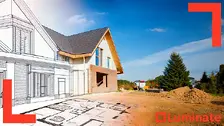
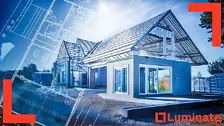


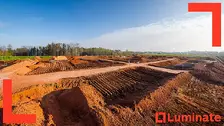



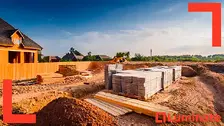
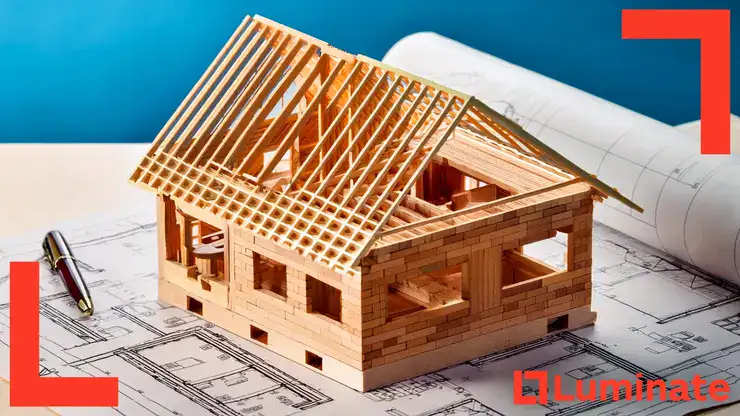







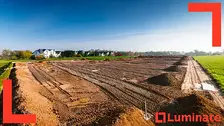
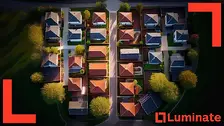





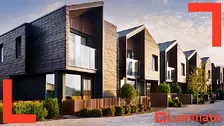

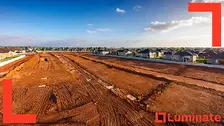
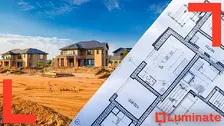
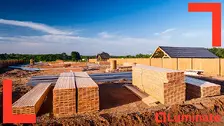
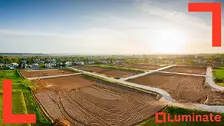


.png?//48413319.fs1.hubspotusercontent-ap1.net/hubfs/48413319/Featured%20images%20(14).png&width=247&height=126&name=Featured%20images%20(14).png)



